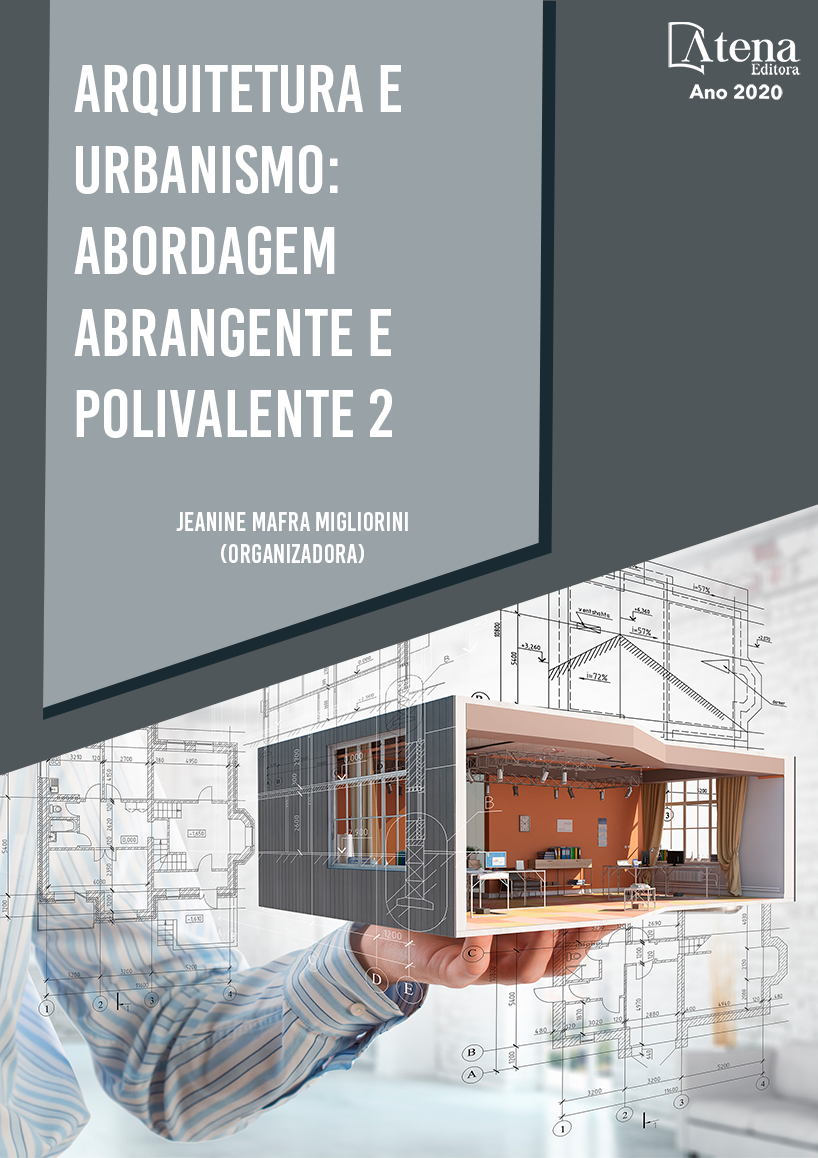
A EVOLUÇÃO URBANA DA CIDADE DE SANTOS E O PROCESSO DE DESENVOLVIMENTO BRASILEIRO DE 1532 A 1930
A cidade de Santos sintetiza, em escala local, as principais transformações pelas quais o Brasil atravessou durante o seu processo de desenvolvimento. Este artigo, apoiado em uma extensa base documental e iconográfica, relaciona a história sociopolítica-econômica paulista e brasileira com a evolução urbana da cidade de Santos entre os anos de 1532 e 1930. Para isso, considerou-se três momentos. O primeiro, correspondendo ao período colonial até a vinda da família real portuguesa ao Brasil, onde destaca-se o papel paulista na expansão e na formação do território brasileiro. O segundo, de 1808 a 1867, período da formação do Estado brasileiro e da consolidação do café como principal produto de suas exportações. E, finalmente, o terceiro, já na segunda metade do século XIX, onde a articulação do território ganhou força e ocorreu, de maneira mais eficiente, a integração nacional ao capitalismo internacional. Em comum, esses quatro séculos, tiveram como pano de fundo a passagem da modernidade para a contemporaneidade, marcada pela consolidação do capitalismo, da técnica e da revolução industrial.
A EVOLUÇÃO URBANA DA CIDADE DE SANTOS E O PROCESSO DE DESENVOLVIMENTO BRASILEIRO DE 1532 A 1930
-
DOI: 10.22533/at.ed.9542024078
-
Palavras-chave: Santos, formação e organização do território, evolução urbana, urbanismo
-
Keywords: Santos, formation and organization of the territory, urban evolution, urbanism.
-
Abstract:
The city of Santos synthesizes, on a local scale, the main transformations that Brazil underwent during its development process. This article, supported by an extensive documentary and iconographic base, relates the socio-political-economic history of São Paulo and Brazil with the urban evolution of the city of Santos between the years 1532 and 1930. For this, three moments were considered. The first, corresponding to the colonial period until the arrival of the Portuguese royal family to Brazil, where the São Paulo role in the expansion and formation of the Brazilian territory stands out. The second, from 1808 to 1867, the period of the formation of the Brazilian State and the consolidation of coffee as the main product of its exports. And finally, the third, already in the second half of the 19th century, where the articulation of the territory gained strength and national integration with international capitalism took place more efficiently. In common, these four centuries had as a backdrop the transition from modernity to contemporary times, marked by the consolidation of capitalism, technique and the industrial revolution.
-
Número de páginas: 18
- Roberto Righi
- Hilmar Diniz Paiva Filho


